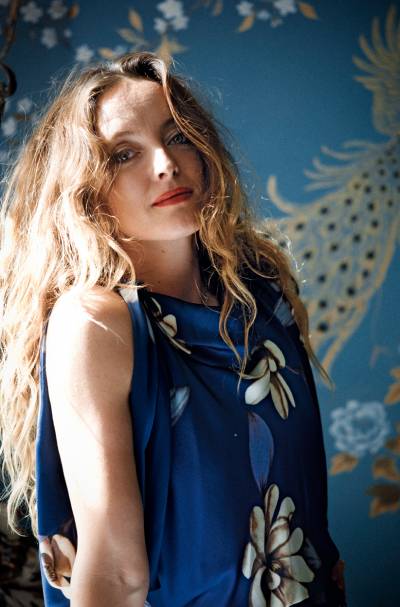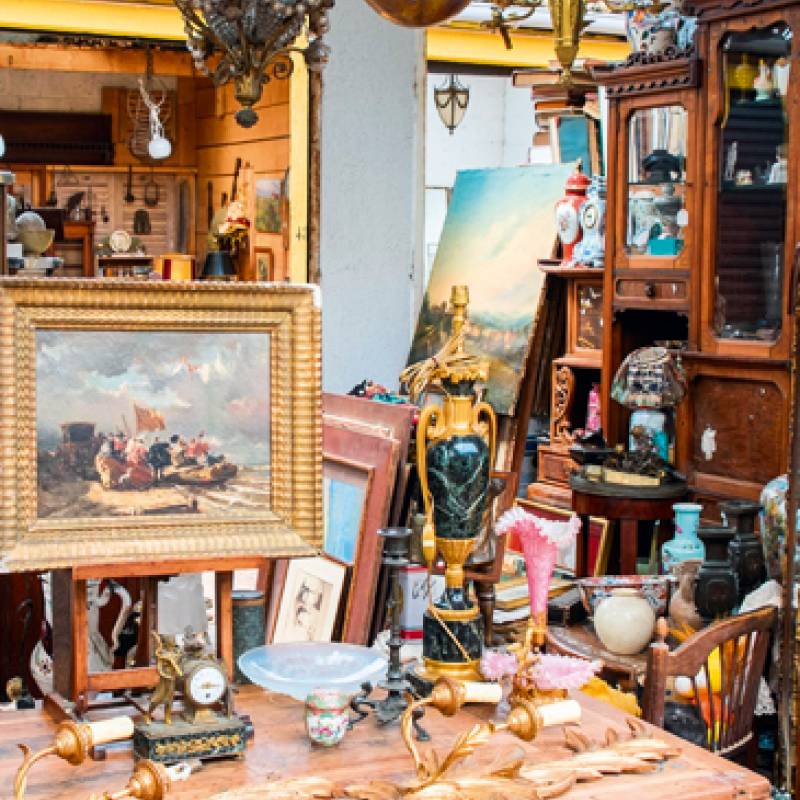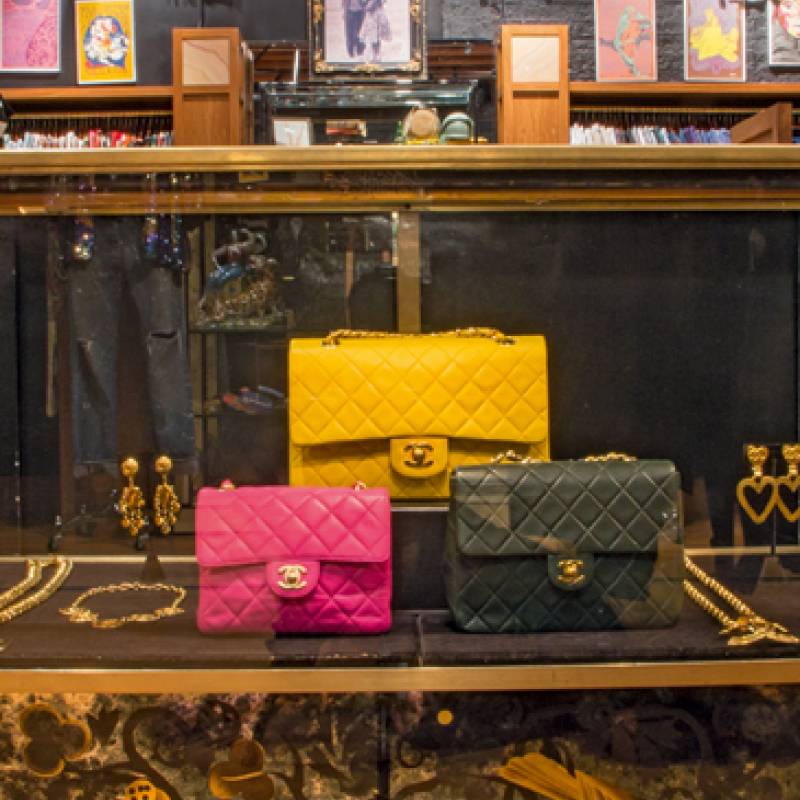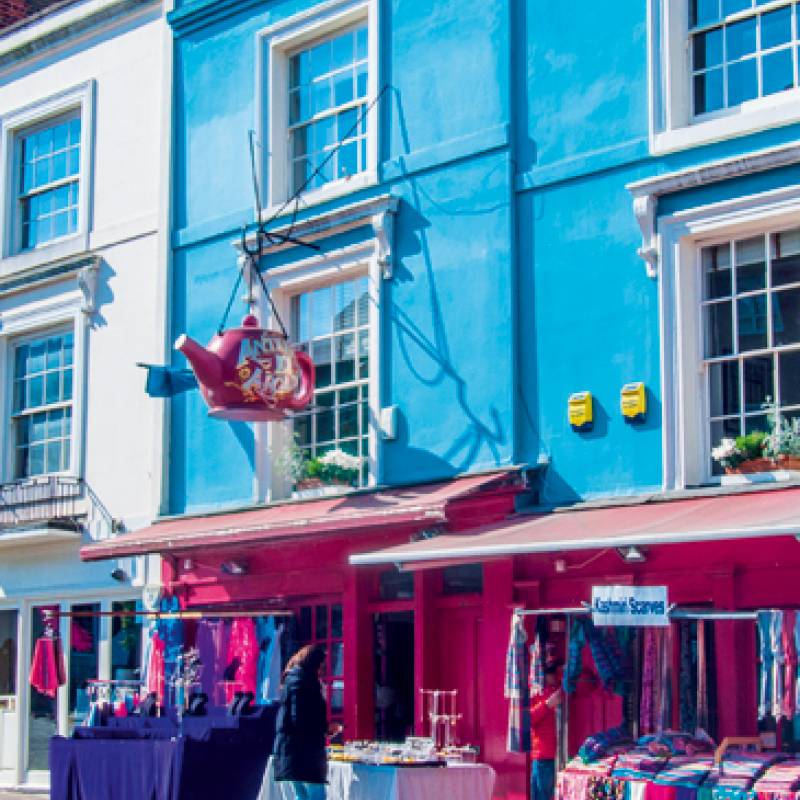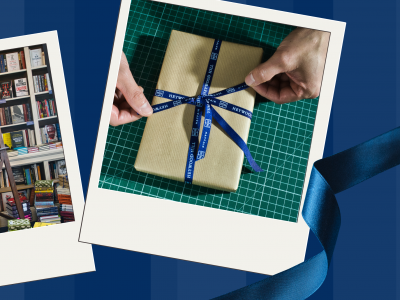What influences first got you into vintage?
My mother has a great selection of vintage and was always able to find amazing pieces when we travelled or were at festivals. Her eclectic taste taught me to assess what was authentic and, more importantly, work out how to mix things together. My grandmother also collected incredible textiles and was probably the person who instigated my love of vintage.
Interview: Alice Temperley on... vintage
17th December 2015
Alice Temperley was born in England in 1975, trained at London’s Central Saint Martin’s art college and finished her studies with a Masters Degree at the Royal College of Art. Alongside a thorough training in the traditional disciplines, Temperley specialised in fabric technology and print. In 2011 she was appointed an MBE. Alice splits her time between west London and Somerset and has a seven-year-old son, Fox. She will be showing at London Fashion Week in February 2016.
Do you have any tips for looking for and buying vintage?
I don’t just collect vintage clothes, but also some fabrics that I might use as inspiration. For some particular treasures, I will hang them on my wall instead of paintings — I have an original torero jacket, vintage Japanese kimonos and a Turkmen wedding jacket covered in silver coins.
What is your favourite vintage discovery?
I also collect headpieces and my favourite is one from Bali — it hangs on a stand on my wall.
What is it that you love about vintage pieces so much?
The skill and craft that has been invested in these pieces, the stories they can tell and the fact that they are now becoming increasingly rare.
Which era of clothes and jewellery do you collect the most?
I love Art Deco objects and jewellery, vintage jackets and vintage tribal headdresses, as well as early 19th-century French furnishing fabrics. I’ve got quite an eclectic taste, not particularly era-specific.
Which pieces would you save from a fire and why?
My collection of 1920s embroidered shawls. One didn’t see daylight for 50 years and it is as bright as if it was new. I would also try to save my swatch archive — it’s something I have been building up since I was a child.
How should one wear vintage? Any style advice?
With confidence — the style should be relaxed and effortless, and it should look like the piece has always belonged to you.
What does one need to avoid? Are some pieces beyond repair?
To me, damage doesn’t matter so much — if I love something it will always have a use as a point of reference. But make sure the fabrics are strong. If they have weak spots, then the piece is probably on the way out. Old silks in particular disintegrate quickly.
What’s the most interesting story behind a piece?
The craftsmanship and techniques employed to make it.
How has the production of clothes changed over the years?
A lot of the techniques are no longer used. Some old lace machines, for example, and incredible 1920s lamé fabrics are very hard to find — a lot of the textiles and methods of making them are all but extinct.
MY FAVOURITE PLACES TO SOURCE VINTAGE
- Clignancourt Market in Paris has some amazing textiles of excellent quality.
- The private basement of What Goes Around Comes Around in New York is very good.
- Of course, my own ’hood — Portobello Market in west London.
